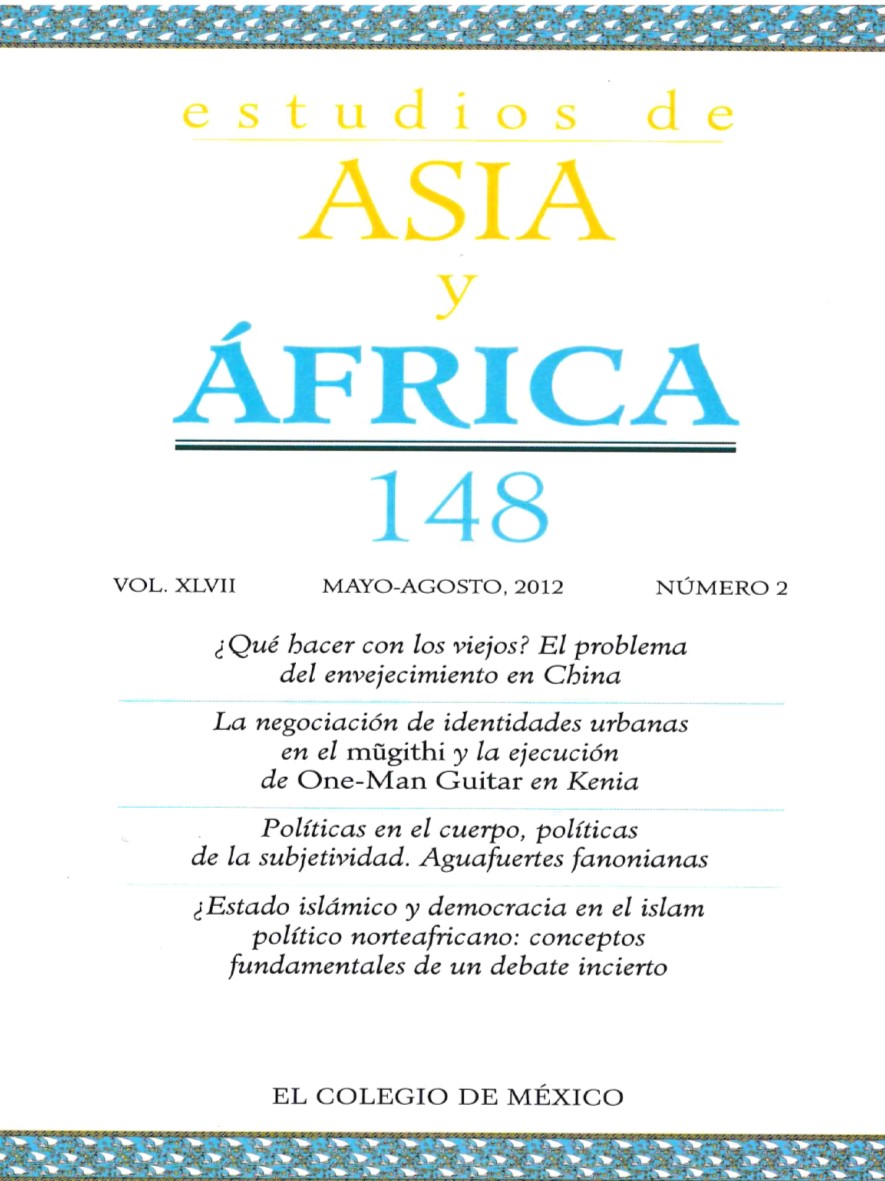Abstract
This article explores the causes of the Chinese government’s decision to ban imports of crude soybean oil from Argentina and its impact on the external sector of this South American country. This is considered a paratariff measure, as a retaliatory action to the antidumping policy and import controls imposed by the Argentine government on Chinese products, with the Chinese purpose to promote its crushing industry, employment and value-added to product. Measure taken under the misperception of Argentina as “winner”, produced by the Chinese official statistics on trade, and strained bilateral environment, due to the international arrest warrant issued by an Argentine judge on Jiang Ze Min and Luo Gang for human rights violation in China. This trade dispute has changed China’s image in the Argentine government and public opinion, but has not generated the expected impact on its agro-export model. In this regard, although the asymmetries are favorable to China, when the analysis goes from the global level to the micro-study of a specific international regime, such as the global market of soybeans and its byproducts, Argentina reversed the situation of power through trade counter-measures, being sensitive to the disruption of interdependence. Instead, China appears to be vulnerable to modify the external dependence of food, because of lack of natural conditions (land and water) that prevent from expanding the agricultural frontier.
References
Bernal-Meza, Raúl, “China-Mercosur and Chile Relations”, en Seminario Internacional “Regionalismo y Relaciones Internacionales: Sudamérica, China y Europa”, Tandil, Argentina, Universidad Nacional del Centro, 2011.
CIARA (Cámara de la Industria Aceitera de la República Argentina), Exportaciones de aceite de soja a China, Buenos Aires, 31 de mayo de 2010.
Dattoli, Diego, “China, sin datos confiables: estadísticas relativas”, Tendencia Económica, 23 de junio de 2008 [consultado en: www.tendenciaeconomica.com/indicadores-y-estadisticas/chinasinatos-confiablesestadisticas-relativas.html].
Fundación INAI (Instituto para las Negociaciones Agrícolas Internacionales), Boletín núm. 95, 21 de junio de 2010 [consultado en: www.inai.org.ar/sitio_nuevo/boletin_i.asp?n=95].
Galindo Martín, Miguel Ángel, Diccionario de Economía Aplicada, Madrid, Editorial del Economista, 2008.
Huang, Zhi Long, “Estudio de los mecanismos de defensa comercial argentinos y el problema del beneficio mutuo comercial de ‘ganar-ganar’ en la relación entre Argentina y China”, Journal of Latin America Studies, 2006.
INDEC (Instituto Nacional de Estadísticas y Censos), Indec Informa, 2001-2010.
____________, Intercambio comercial argentino, Buenos Aires, abril, agosto y diciembre de 2010.
INTAL (Instituto para la Integración de América Latina), Nuevas tendencias en las políticas comerciales y productivas de la República Popular China, Carta Mensual núm. 166, junio de 2010.
Keohane, Robert, Después de la hegemonía. Cooperación y discordia en la política económica mundial, Buenos Aires, GEL, 1988.
Keohane, Robert O. y Joseph S. Nye, Poder e interdependencia. La política mundial en transición, Buenos Aires, GEL, 1988.
Martín, Ángel, “¿Manipula China sus datos sobre crecimiento económico?”, Libertad Digital, 5 de octubre de 2009 [consultado en: www.libertaddigital.com/economia/manipula-china-sus-datos-de-crecimiento-economico-1276372288/].
Ministerio de Comercio de la República Popular China, Estadísticas varias, 1992-2010.
Norgenthau, Hans, Política entre las naciones, Buenos Aires, GEL, 1984.
NBSC (Buró Nacional de Estadísticas de la República Popular China), Estadísticas varias, 2001-2010.
Oviedo, Eduardo Daniel, “Decisiones políticas y flujos comerciales con China”, Revista de la Bolsa de Comercio de Rosario, año XCVII, núm. 1501, Rosario, abril de 2007.
____________, Historia de las relaciones internacionales entre Argentina y China 1945-2010, Buenos Aires, Editorial Dunken, 2010.
Pereira, Juan Carlos (coord.), Diccionario de Relaciones Internacionales y Política Exterior, Barcelona, Ariel, 2008.
Piaggio, Ignacio, “Entrevista al ex Juez argentino Aráoz de Lamadrid, tras su orden de captura a ex jerarcas chinos por genocidio a Falun Gong”, La Gran Época, Buenos Aires, 5 de febrero de 2010 [consultado en: www.lagranepoca.com/articles/2010/02/05/4175.html].
República Argentina, Negotiations for the Accession of the People’s Republic of China to the WTO, Buenos Aires, 11 de marzo de 2010.
Salama, Pierre, “Argentina: el alza de las materias primas agrícolas, ¿una oportunidad?”, Revista Comercio Exterior, Banco Nacional de Comercio Exterior, vol. 58, núm. 12, México, diciembre de 2008.
Schang, Marcelo, Detección de barreras no arancelarias para el comercio internacional de productos del complejo cerealero y oleaginoso en países seleccionados, Fundación INAI, diciembre de 2009.
USDA (Departament de Agricultura de Estados Unidos), World Agricultural Supply and Demand Estimates, diciembre de 2010.
Waltz, Kenneth, Theory of International Politics, Nueva York, Mc Graw Hill, 1979.
This work is licensed under a Creative Commons Attribution-NonCommercial-NoDerivatives 4.0 International License
Copyright 2022 Estudios de Asia y África



